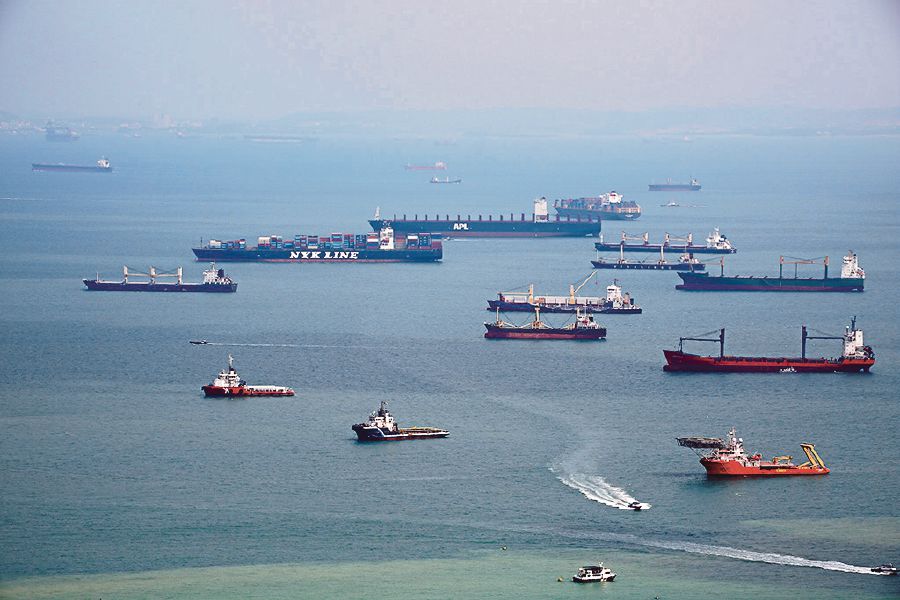THERE is much history surrounding the Straits of Malacca. In the 14th and 15th centuries, the straits bore witness to conquest after conquest of the Malacca sultanate by the marauding colonial powers. First, it was the Dutch, then the Portuguese and later the British. Much later, the Japanese also had a taste of Malacca. We now see some of the remnants left by those powers. Some have become tourist attractions, earning Malacca lucrative tourism receipts.
The straits performs an important function as a strategic sea channel between the Far East and the West. Each day, many ships ply the route, bringing goods from the West destined for the East, especially the Chinese markets and vice versa. It is the most economical route. It is no secret that the straits is key to the survival of several thriving sea ports. The Port of Singapore, for example, would face dire consequences if the straits is no longer navigable the way it is now. So would the many ports dotting the west coast of Peninsular Malaysia, such as Port Klang.
At one time, somebody mooted the idea of cutting a canal through the Isthmus of Kra in southern Thailand, much like the Panama and Suez canals. That would not only cut the travel time significantly between the East and West, but would deal a blow to the logistics business enjoyed by Singapore and the other ports. In this age of climate change and global warming, that would also have cut greenhouse gas emissions significantly.
However, the idea failed to materialise because it was considered too costly. But, with improvements in technology, there is no stopping the idea from resurfacing. For now, the affected ports are spared from a possible shutdown. So, the ships will continue plying the straits and the ports will continue growing their business.
Tourism in Malacca and the thriving business of the ports are not the only areas that have benefited from the straits. Fishing communities living along the length of the straits also gained from the plentiful fishes populating the straits. But, over the years, there has been a decline in such marine resources. Some blame it on overfishing, environmental pollution, and the destruction of the natural breeding grounds, such as the thick mangroves that cover parts of the shores bordering the straits.
The straits, over the years, has become the source of livelihood for many communities, including those in the port business. And, it is not just confined to the Malaysian side. The Indonesian side of the straits has also benefited.
But, now, there is concern that the straits may not function as it used to very much longer if issues related to its wellbeing are not addressed soon.
Its sustainability is under question. Environmental pollution is viewed by many as the No. 1 concern. It is still not clear to what extent the damage from environmental neglect is.
If the decline in the population of fish and other marine resources is an indicator, we can say that environmental damage has reached precarious levels.
The pollution has even reached the beaches of Port Dickson and other ports along the straits.
Another major concern is the shallowing of the straits due to sediment pollution. This also needs careful study to better understand the contributing factors.
Lately, there has been active land reclamation in parts of the straits. How this affects the sustainability should also be further researched.
What is obvious is that many stakeholders have an interest in sustaining the straits. There is much at stake.
It is time that large logistics businesses which have profited from the straits contribute to a common fund to finance research and development on the straits.
With better understanding, suitable measures can be put in place to assure the straits’ long- term sustainability.
Dr Ahmad Ibrahim, Fellow of Academy of Sciences Malaysia, UCSI University, Kuala Lumpur






